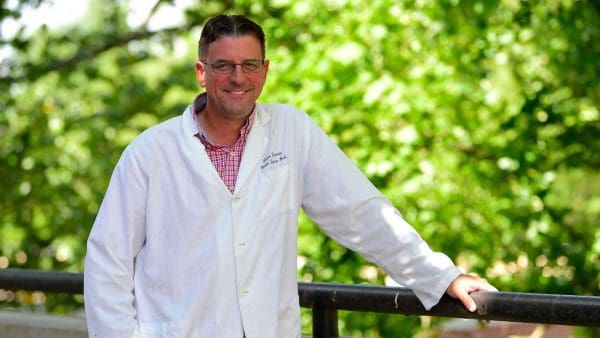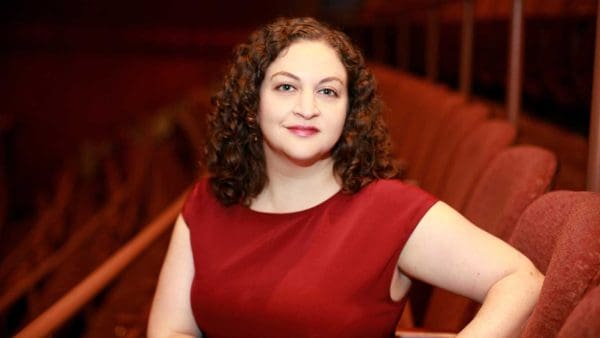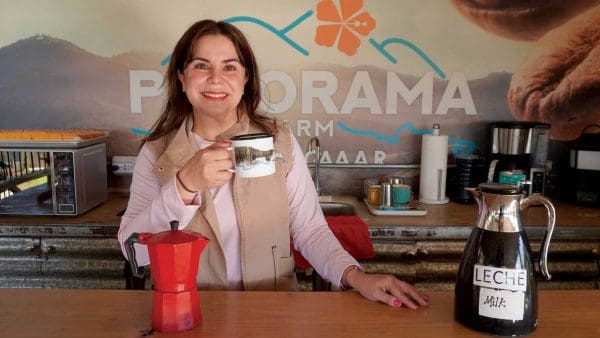
Have you ever used a Little Professor Calculator or played with a Furby? Congratulations! You’re a part of science history. Allison Marsh ’08 PhD, often uses popular objects to help non-academics understand the history of medicine, science, and technology. Marsh says it’s important that people see themselves in how history is displayed in classes, museums, and cultural institutions.
“These objects are touchstones, conversation starters,” she says. “Commonplace, everyday objects are what make the connection between a visitor and history at large.”
Material Culture and Public History
Marsh is a public historian and associate professor at the University of South Carolina. She’s also co-director of the Ann Johnson Institute for Science, Technology and Society, which works across disciplines to diversify how people study technology, health, and science.
Much of her research centers on historical objects, or “material culture.” She started working in Smithsonian museums, contributing to museum exhibits on the history of transportation and mailboxes shaped like R2D2, while finishing her PhD in the history of science, medicine, and technology. More recently, she has used artifacts to tell the story of the post-Civil War Reconstruction period for the Museum of the Reconstruction Era at the Woodrow Wilson Family Home, and the history of industrialization for textbooks and museums. She also brings her research directly to the public via YouTube and blogs.
“What can you say in 100 words and an image that gets people excited about the world that they live in?” she asks. That’s how she approaches her work as a consultant for the popular YouTube educational video series “Crash Course,” as well as when she writes her monthly column on science and technology history, “Past Forward,” published by the Institute of Electrical and Electronics Engineers.
Her research helps people understand why Charles Babbage’s difference engine is important, but also why hot combs were a key entrepreneurial avenue for Black women.
Improving Archives
These artifacts are important, but Marsh wants to keep building diverse collections. Few artifacts have historically been archived from women or people of color who worked in science, health, and technology. This leaves historians to sort through materials that belonged to a spouse or colleague, piecing together a lost story. Marsh works to improve the quality of American archives by giving talks that teach people how to contribute their own objects and records to the right museums.
“What we need to do moving forward as a society is to both diversify the collections that are held in museums and diversify the people who work in museums as curatorial staff to make sure that all stories are being saved and collected,” she says.
What we need to do moving forward as a society is to both diversify the collections that are held in museums and diversify the people who work in museums as curatorial staff to make sure that all stories are being saved and collected.”
—Allison Marsh
As a professor and a scholar, Marsh hopes to teach the next generation to push for diversification, but also to be engaged citizens. Many engineers and scientists, she says, think technology is what shapes society. But society shapes science and technology as well. All of us contribute to both history and innovation by sharing our expertise with the world, being politically engaged, and supporting public institutions like museums and libraries.
“Cultural institutions form a connection that is a thread from our past to our future,” she says. “When you interact, you are playing a small role in the fabric of our country.”




